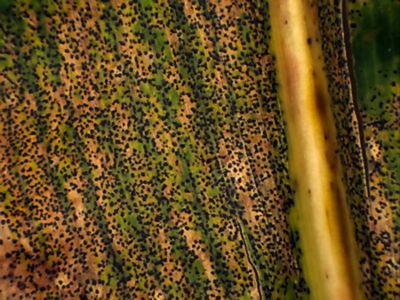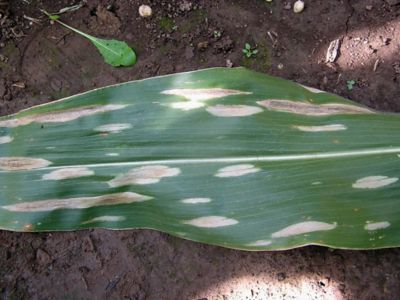Maximizing the Value of Foliar Fungicides in Corn
Crop Insights by Mark Jeschke, Ph.D., Agronomy Manager
Crop Insights by Mark Jeschke, Ph.D., Agronomy Manager
Prevent against and defeat even the most resistant diseases with fungicide solutions from Corteva Agriscience.

Disease moves fast to destroy crop yields. You need a fungicide that works just as fast.
Discover Aproach® Prima Fungicide
From enhanced in-season protection to improved harvestable yield, Aproach® fungicide delivers tangible results.
See the benefits
Aproach® and Aproach® Prima are not registered for sale or use in all states. Contact your state pesticide regulatory agency to determine if a product is registered for sale or use in your state. Always read and follow label directions.
The foregoing is provided for informational use only. Please contact your Pioneer sales professional for information and suggestions specific to your operation. Product performance is variable and depends on many factors such as moisture and heat stress, soil type, management practices and environmental stress as well as disease and pest pressures. Individual results may vary.